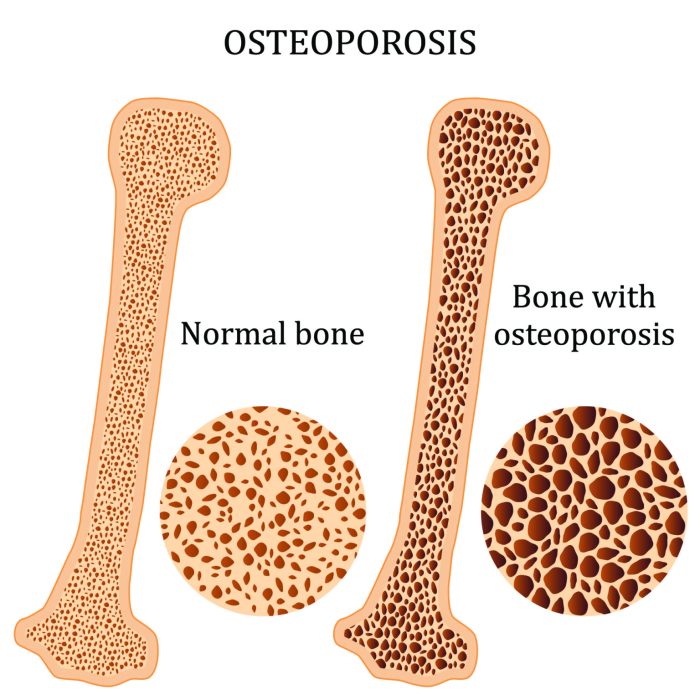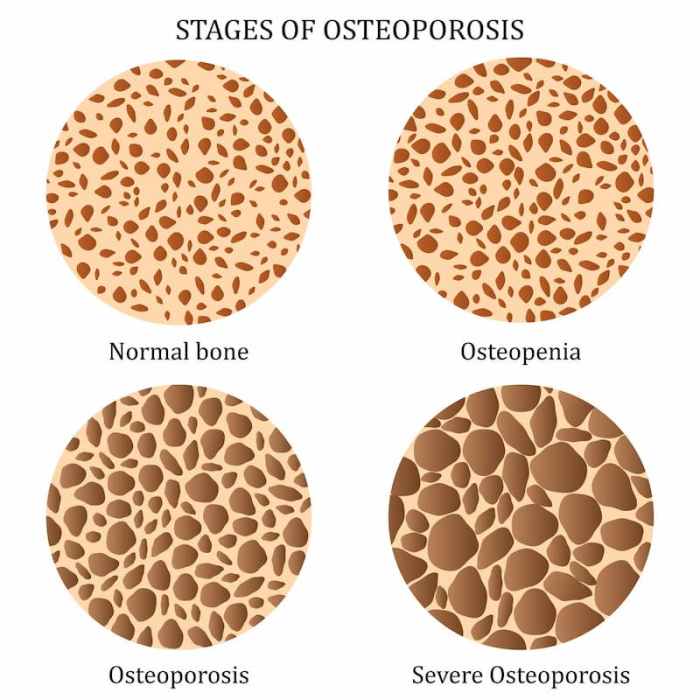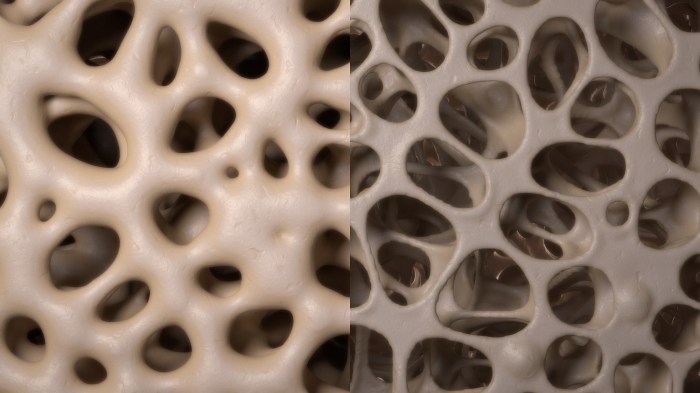Bones are porous and thin but bone composition is normal – Bones are porous and thin, yet their composition is normal, presenting a fascinating paradox that has significant implications for bone health. This article delves into the intricate relationship between bone porosity, thinness, and composition, exploring their impact on overall skeletal integrity and providing insights into strategies for maintaining optimal bone health.
The porosity and thinness of bones are influenced by various factors, including age, genetics, and certain medical conditions. However, despite these structural variations, the composition of the bone tissue itself remains largely unaffected. This unique combination of properties highlights the remarkable adaptability of bone tissue and its ability to maintain its functionality even under varying structural conditions.
Bone Porosity and Thinness

Bone porosity refers to the presence of small holes or spaces within the bone structure. This porosity contributes to the overall strength and weight of the bone. However, excessive porosity can lead to weakened bones and an increased risk of fractures.
Factors that contribute to bone porosity and thinning include:
- Age: As individuals age, bone density naturally decreases, leading to increased porosity.
- Hormonal changes: In women, the decline in estrogen levels after menopause can accelerate bone loss and increase porosity.
- Diet: Inadequate intake of calcium and vitamin D can impair bone mineralization and contribute to porosity.
- Certain medical conditions: Conditions such as osteoporosis, Cushing’s syndrome, and hyperthyroidism can disrupt bone metabolism and lead to increased porosity.
Examples of conditions that can lead to increased bone porosity and thinning include:
- Osteoporosis: A condition characterized by low bone density and increased porosity, making bones more susceptible to fractures.
- Osteopenia: A condition in which bone density is below normal but not low enough to be classified as osteoporosis.
- Paget’s disease of bone: A chronic bone disorder that causes abnormal bone remodeling, leading to increased porosity and weakened bones.
Normal Bone Composition

Healthy bone tissue is composed of a mineralized matrix and organic components. The mineralized matrix, primarily composed of hydroxyapatite crystals, provides strength and rigidity to the bone. The organic components, mainly collagen fibers, provide flexibility and resilience.
The mineralized matrix accounts for approximately 65% of bone weight, while the organic components make up the remaining 35%. This composition ensures that bones are both strong and adaptable to mechanical stresses.
Factors that can affect bone composition include:
- Diet: Adequate intake of calcium, phosphorus, and vitamin D is essential for proper bone mineralization.
- Hormonal factors: Hormones such as parathyroid hormone and calcitonin regulate calcium metabolism and influence bone composition.
- Genetic factors: Certain genetic conditions can affect the production of bone matrix proteins and minerals.
Changes in bone composition can have implications for bone health, as they can affect the strength and integrity of the bone structure.
Relationship between Porosity, Thinness, and Composition
Bone porosity, thinning, and composition are interconnected factors that influence bone health.
Increased porosity weakens the bone structure, making it more susceptible to bending and fracture. Thinning of the bone further reduces its strength and resistance to mechanical forces.
Changes in bone composition can also affect porosity and thinning. For example, a decrease in the mineralized matrix content can lead to increased porosity and a weakened bone structure.
Studies have shown a strong correlation between increased bone porosity, thinning, and altered bone composition. These factors are often associated with an increased risk of fractures and other bone-related problems.
Implications for Bone Health

Porous and thin bones with normal composition pose significant implications for overall bone health.
Weakened bones are more likely to fracture, even with minor trauma. This increased fracture risk can lead to pain, disability, and reduced quality of life.
Additionally, porous and thin bones may have impaired function in terms of weight-bearing and support. This can lead to problems such as back pain, kyphosis (hunchback), and other musculoskeletal issues.
Strategies to prevent or manage bone porosity and thinning include:
- Maintaining a healthy diet rich in calcium, vitamin D, and other bone-building nutrients.
- Regular weight-bearing exercise to stimulate bone growth and strengthen bones.
- Avoiding excessive alcohol consumption and smoking, as these habits can impair bone health.
- Seeking medical evaluation and treatment for underlying conditions that may contribute to bone loss.
By addressing bone porosity and thinning, individuals can improve their bone health and reduce the risk of fractures and other bone-related problems.
Clarifying Questions: Bones Are Porous And Thin But Bone Composition Is Normal
Why are bones porous?
Bone porosity is a natural feature that provides bones with strength and flexibility. The porous structure allows bones to withstand mechanical stress while remaining lightweight and adaptable.
Can thin bones be strong?
Yes, thin bones can be strong if their composition is normal. Bone strength is determined by a combination of factors, including density, porosity, and the integrity of the bone matrix.
What causes changes in bone composition?
Changes in bone composition can be caused by various factors, such as aging, nutritional deficiencies, hormonal imbalances, and certain diseases that affect bone metabolism.